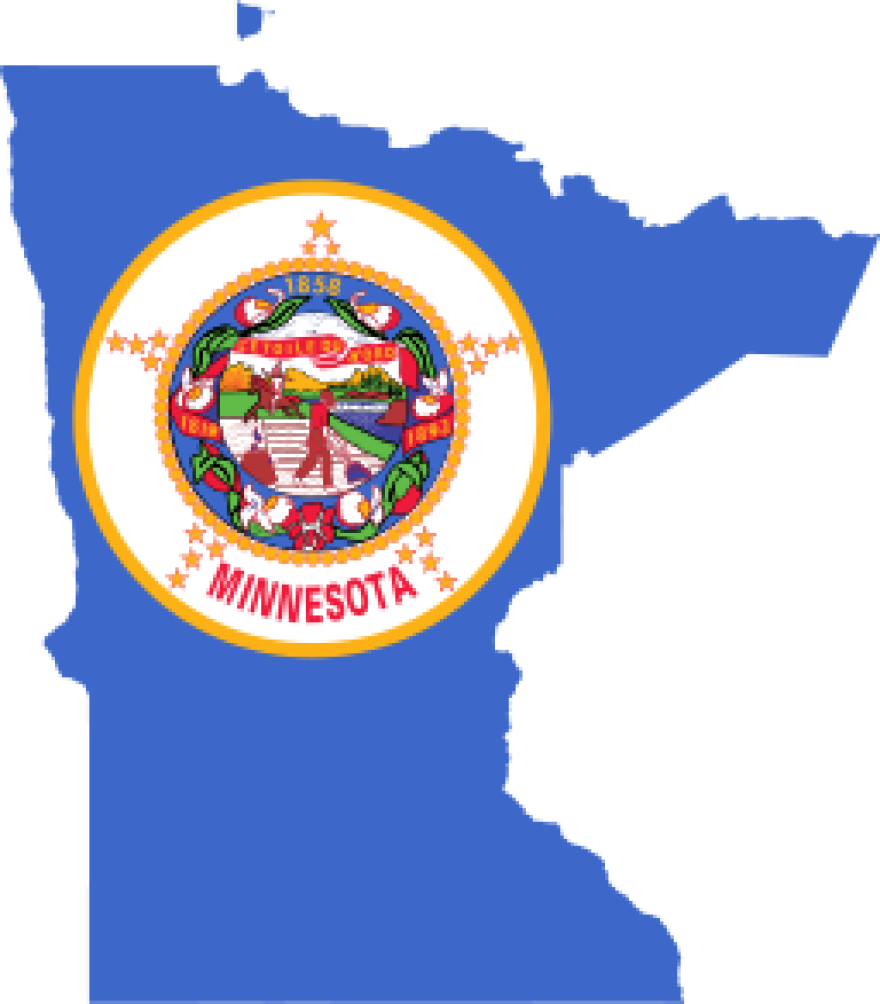As Michigan keeps trying to climb back out of the huge hole that was the Great Recession, a new report suggests we might want to take a closer look at one of our Great Lakes neighbors: Minnesota.
A new study done for the nonpartisan think tank Michigan Future examines the policies, priorities and economies of Michigan and Minnesota.
Because Minnesota has the best economy in the Great Lakes, it's worth trying to figure out what they're doing right, and what Michigan might learn from that.
Business writer Rick Haglund authored the report.
Minnesota is one of the top-ten best economies in the country; it is also a high-tax and high-spending economy.
“For so long, the accepted formula is that in order to have a healthy state economy, you have to have low taxes, low spending, and right-to-work laws,” Haglund says. “Minnesota actually has turned all of that on its head.”
In 1990, Minnesota and Michigan were roughly comparable in per-capita income. Now, Minnesota’s per-capita income in $9,000 per-person higher than Michigan's. Unemployment is 4.7% in Minnesota, and it hasn't had a month with double-digit employment rates since 1976. Minnesota has one of the highest percentages of adults in the labor force in the country, while Michigan has one of the lowest.
Haglund says it’s difficult to say that Minnesota's high-tax and high-spending economy is the sole reason for its success. There are underlying policies that Minnesotans enacted decades ago that contributed to their healthy economy.
“They also have a pretty rich mix of industries,” Haglund says. “They're less dependent on one industry, as we are here in Michigan.”
Minnesota has a progressive income tax system where those who earn more pay more. Its top income tax rate is 9.85%, and people with lower incomes pay 5.35%.
Michigan has one rate of 4.25%.
Minnesota's corporate income tax rate is a third higher than Michigan’s.
The gasoline tax is nine cents a gallon higher in Minnesota, the sales tax rate is 6.85%, and local jurisdictions can add up to a percentage point on the sales tax.
Minnesota has a good education system and has led the nation in the percentage of students who are college-ready, and has the highest percentage of college graduates in the Great Lakes region.
Minnesota also has a strong social safety net.
“You know, one of the things that many states, including Michigan, have done is taken the tack that in order to get people in the workforce, you have to make it less lucrative for them to stay on welfare and unemployment benefits. Minnesota does exactly the opposite,” Haglund said.
The maximum weekly benefit for the unemployed is $610 a week; in Michigan it's $362.
Michigan spent $223 per-capita on roads; Minnesota spent more than $500.
But Haglund says if Michigan adopted all of these traits from Minnesota, we wouldn’t see the same results anytime soon. Minnesota has been doing this for decades, back to the 1970s, when it enacted the Minnesota Miracle, which shifted the burden of taxation from local to state. The policies have lasted through various Democratic and Republic administrations.
However, Haglund says Michiganders shouldn't get discouraged.
“I think there is a recognition in Michigan among the politicians and amongst the citizenry that some of these investments are important to a healthy economy, and we should be doing them.”
*Listen to full story above.


